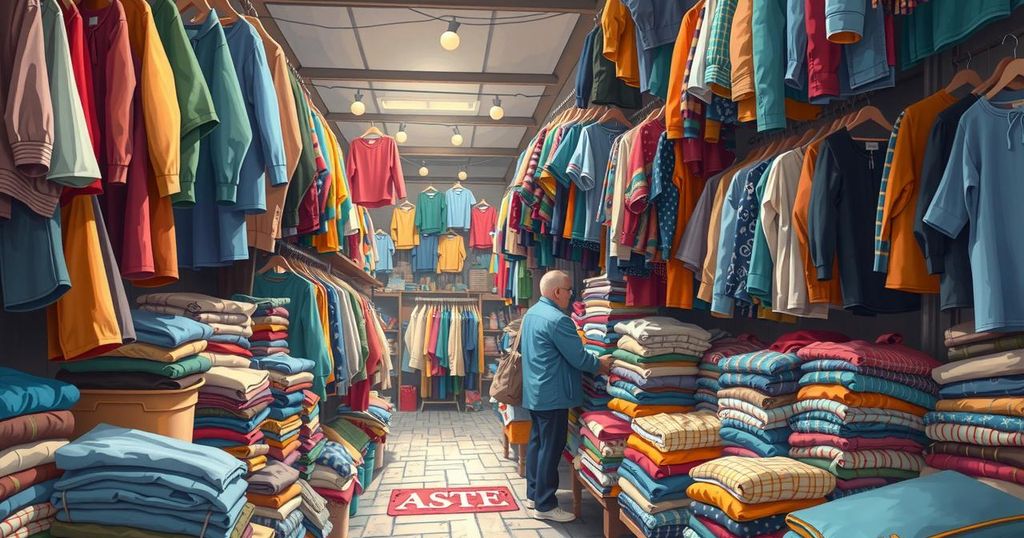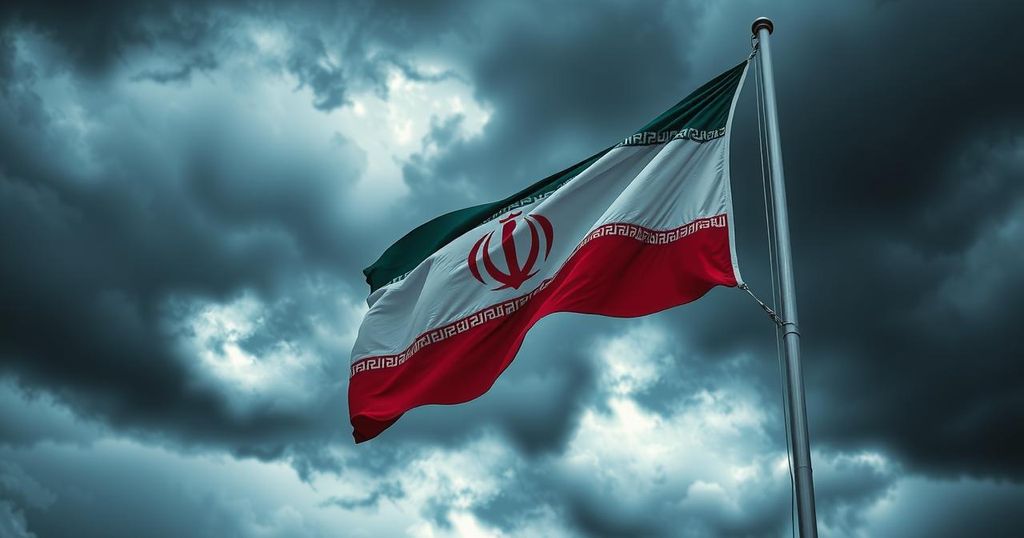Kenya has emerged as the largest African importer of second-hand clothes, with mitumba imports totaling $298 million in 2023, reflecting a 12.45% increase from the previous year. This growth, driven by a high demand for affordable clothing, contrasts with neighboring countries that impose trade restrictions. Recent policy changes have made imports cheaper, raising concerns about the future of Kenya’s local textile industry and its ability to compete effectively.
Recent data from the Massachusetts Institute of Technology (MIT) underscored that Kenya imported mitumba, or second-hand clothing, valued at $298 million (Sh38.5 billion) in 2023, eclipsing Nigeria despite its larger population. This rise in imports illustrates Kenya’s growing dependence on used apparel as its domestic textile industry attempts to recover from longstanding challenges.
The surge in mitumba imports represents a 12.45 percent increase from $265 million (Sh34.28 billion) in 2022, driven by an escalating demand for affordable clothing. A diverse array of second-hand items, including underwear, trousers, dresses, jackets, and household textiles, is being transported to satisfy local consumers’ needs.
Kenya’s situation contrasts sharply with neighboring countries such as Uganda, Rwanda, and Ethiopia, which have imposed restrictions on second-hand clothing to support local manufacturing. As of 2022, Kenya’s mitumba imports were nearly on par with Nigeria, creating concerns about the future of the local textile sector.
Recent policy reforms have lowered the cost of mitumba imports by eliminating two significant taxes—the Import Declaration Fees (IDF) and the Railway Development Levy (RDL)—through the Tax Laws (Amendment) Act, 2024. This change, while beneficial for importers, has drawn criticism from local manufacturers who fear further harm to the struggling textile industry.
As some East African Community (EAC) countries impose trade restrictions, Kenya continues to receive large volumes of used clothing. Neighboring nations like Rwanda have increased tariffs on second-hand clothing imports, despite pressure from the United States, a primary supplier of mitumba.
Concerns have been raised by officials within Kenya’s Trade Ministry regarding the smuggling of mitumba intended for neighboring markets, complicating regulatory efforts. Additionally, Kenya must balance its continued eligibility for the African Growth and Opportunity Act (AGOA), which relies on keeping the market open to second-hand imports.
The debate surrounding mitumba imports has led to deep divisions among policymakers, with some viewing it as a source of affordable clothing for low-income individuals while others argue it undermines the local textile sector, which could provide millions of jobs. Past administrations have attempted various interventions to revive this sector with limited success.
The modernization of Rivatex East Africa, a textile factory in Eldoret, has been a government priority aimed at boosting local production. Nevertheless, competition from low-cost mitumba poses significant challenges to this resurgence. The government is also advancing the National Cotton, Textile, and Apparel (CTA) Policy 2024, aimed at enhancing industry sustainability and competitiveness.
Overall, the ongoing efforts to reform Kenya’s textile sector include the establishment of textile value-addition centers, improved production facilities, and new initiatives to promote locally made textiles in a bid to reduce dependence on mitumba and bolster the economy.
In summary, Kenya’s mitumba market is expanding significantly, making it the largest importer of second-hand clothes in Africa. This growth is propelled by rising demand for affordable clothing and favorable policy changes. However, this has raised concerns regarding the impact on local textile manufacturers, who face stiff competition from imported goods. The government is implementing various strategies to revitalize the domestic industry while navigating the implications of international trade agreements. The future of Kenya’s textile sector hinges on a delicate balance between supporting affordable clothing access and fostering local production capabilities.
Original Source: eastleighvoice.co.ke




